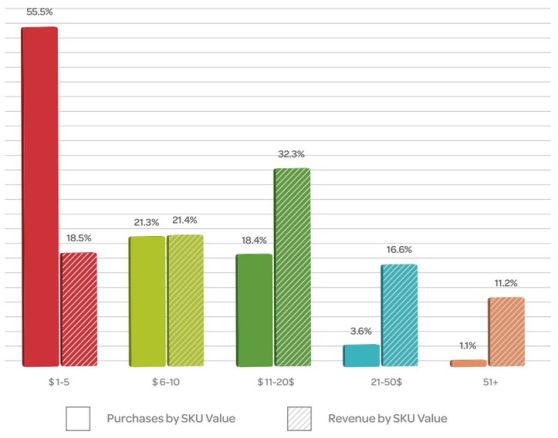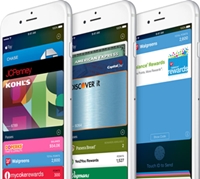The future for the mobile application market in USA seems to be most promising – Marcin Wąsowski
Today, as part of the "3 questions to the speaker" series, we present you a conversation with Marcin Wąsowski – leader of the mobile application development team at Amsterdam Standard. Marcin shares his predictions for the mobile market in USA and around the world.
Grzegorz Kozubowski: What novelties can we expect in the mobile industry in 2021?
Marcin Wąsowski: I will perhaps answer this question somewhat perversely, because it seems to me that the novelties appearing more and more on the consumer market will be products that are part of the "Internet of Things" trend. The idea itself is not new, and the perversity of this answer is that the mentioned trend is not related to the mobile industry by definition. Means a network of physical devices that have various types of sensors and access to the Internet – this allows them to significantly increase their functionality and communicate with the outside world.
There are more and more indications that our mobile devices will often be what will connect the elements of this network together, they will be its important links, at the same time the most intelligent, universal and mobile ones. We already had the first fairly strong signs of this trend entering the market in 2021 – just mention iBeacon, or products such as Galaxy Gear.
The emergence of more such technological innovations will force the mobile developer industry to follow suit, seize the opportunities they bring. In my opinion, in 2021 we should expect a significant number of launches that can be described as part of the "Internet of Things". At the same time, this will result in the fact that emerging mobile applications and solutions will often be linked to them by using these novelties or complementing their functionality.
What is the future for the mobile application market in USA?
It seems to be as promising as possible 🙂 In my opinion, USA is a country where, at the moment, mobile devices have not yet fully "under the roofs" – why such a conclusion? The number of smartphones on our market is still relatively low compared to most European countries, and a significant proportion of smartphone owners are a group of so-called "advanced users". However, outside this group, some users who own a smartphone are not even aware of this fact and do not use its capabilities (they simply received such a phone from the operator when signing the contract).
I have no knowledge of what the situation is in the tablet segment – however, I think that it is very similar, and even the tablet is a much less popularized device. The above shows that in USA in the near future the number of mobile devices and the demand for applications for them will increase. At the same time, USA has a fairly large group of developers/companies creating for the mobile market (often a market in areas of the world where the "mobilization" of users is much greater). The above two facts allow us to assume that with the development of the mobile industry in USA and the increase in the number of active users, we will be able to see a very rapid following of market needs and the emergence of interesting applications both created in our country and aimed at users from the home market.
Simply put, we will be able to use the knowledge and experience gained today. There seems to be considerable potential in the mobile industry in USA, which the local market is currently unable to tap – while its development will cause developers to look at it more closely and invest resources and time in it.
At Mobile Trends Conference 2021 you will give a talk entitled "Faster (write), simpler (read), easier (maintain)". Could you summarize for us what your speech will be about?
When developing an Android app, a sizable (too large) portion of the time that goes into development is the preparation of the so-called "car". „boilerplate code” – that is, elements that do not add any value to the logic of the application, but are only a requirement placed on us by the platform. They not only take up our time, but also (which may be even more important) make the code unreadable – making it difficult and time-consuming to maintain. In my presentation I will try to present one possible way to reduce this overhead.
Marcin Wąsowski
Graduate of the Faculty of Electronics and Information Technology at Warsaw University of Technology. Today he is professionally engaged mainly in software development for Android and iOS, but he started his adventure with programming from the position of webdeveloper, and then spent several years working with the platform .NET. Currently affiliated with Amsterdam Standard, where he serves as the leader of the mobile application development team.
He tries to spend his free time with his son Kuba, in the kitchen or with a camera in hand.



